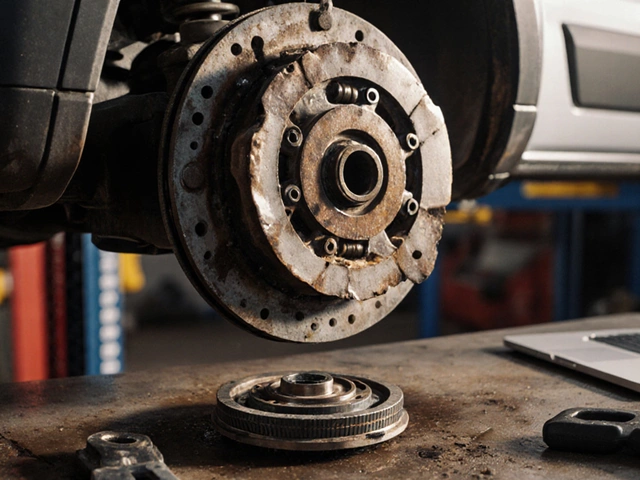
Radiator Problems: Signs, Causes, and What to Do Before It Costs You Thousands
When your car’s radiator, a key part of the engine cooling system that prevents overheating by circulating coolant. Also known as engine radiator, it’s not just a metal box under the hood—it’s the lifeline between your engine and catastrophic failure. Many people think radiators are outdated, especially with electric cars on the rise. But even EVs have cooling systems—just smaller, smarter, and just as vital. Ignore radiator problems, and you’re not just risking a breakdown. You’re risking a $5,000 engine rebuild.
Radiator problems don’t show up overnight. They creep in through small leaks, clogged passages, or a failing thermostat. The first sign? Your temperature gauge creeping into the red. Or maybe you notice a sweet, syrupy smell under the hood—that’s coolant leaking and burning off. Sometimes, you’ll see puddles of green, orange, or pink fluid under your car. That’s not oil. That’s your cooling system crying for help. A bad radiator doesn’t just overheat the engine. It can warp the cylinder head, blow the head gasket, or seize the pistons. And once that happens, no amount of luck will save you.
Modern radiators are lighter, use aluminum instead of copper, and work with electric water pumps. But they’re more sensitive to contamination. Old coolant, rust, or even tap water mixed in can clog tiny channels inside. That’s why flushing the system every 30,000 miles matters. It’s not a luxury. It’s maintenance that keeps your engine cooling system, the network of hoses, thermostat, water pump, and radiator that regulates engine temperature running smooth. And if your radiator is leaking, corroded, or bulging? Don’t wait for it to fail on the highway. Replace it before the heat builds up. A new radiator costs a fraction of a new engine.
Some people think electric cars don’t need radiators. They’re wrong. EVs use liquid-cooled battery packs and power electronics. They still need a radiator—just one designed for different temperatures and pressures. If your Tesla or Hyundai Ioniq is overheating, it’s not the motor. It’s the cooling system. Same goes for hybrids. The engine runs intermittently, but when it does, it still needs to stay cool. Ignoring radiator problems in any modern car is like ignoring a slow leak in your roof. It seems minor now. Until the whole ceiling collapses.
What you’ll find below are real stories, real fixes, and real advice from people who’ve been there. You’ll learn how to spot a failing radiator before it leaves you stranded, why some radiator replacements cost half as much as others, and what mechanics won’t tell you about coolant flushes. These aren’t theory pieces. These are the guides you wish you’d read before your car died on the side of the road.
-
29 Apr






